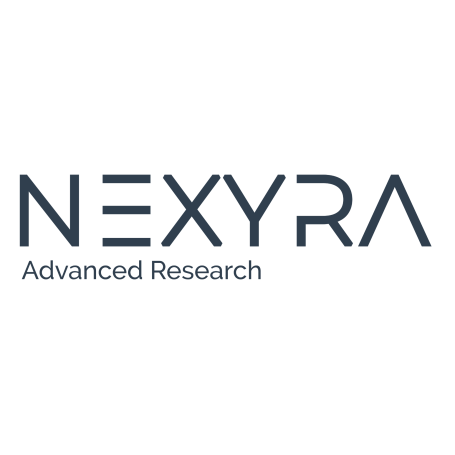SERVICE
Multiomic Analysis
Connect genomic, transcriptomic, proteomic, and other data into actionable insights.
The challenge of isolated data affects the agility and depth of biological analysis
Avoid 'omics' silos that limit your vision — 80% of projects miss key opportunities due to a lack of integration.
What is multi-omics data?
Multi-omics data refers to the systematic integration of multiple levels of molecular information—including genomics, transcriptomics, epigenomics, proteomics, metabolomics, and others—with the goal of holistically characterizing the functional dynamics of biological systems. This integrative approach allows for simultaneous analysis of different omics layers, providing deeper and more contextualized insight into the cellular, pathophysiological, and adaptive mechanisms involved in complex processes such as cancer, metabolic diseases, and neurodegenerative disorders.
Potential of Multi-omics Integration
The simultaneous integration of genomic, transcriptomic, proteomic, and metabolomic data allows for the reconstruction of biological networks that decipher normal physiology and pathological processes. In precision oncology, for example, this strategy has identified molecular signatures with diagnostic, prognostic, and therapeutic value—as well as new drug targets. Multivariate statistical methods, machine learning algorithms, and molecular network modeling facilitate the management of the enormous heterogeneity and dimensionality of information to extract clinically relevant patterns without getting lost in the data jungle.
Main benefits of the multi-omics approach
The multi-omics approach enables more precise and in-depth characterization of biological systems by integrating different molecular levels. This improves biomarker identification, facilitates treatment personalization, reveals new therapeutic targets, anticipates disease onset, and optimizes the analysis of large volumes of data using advanced computational tools.
Optimize omics data analysis
Smooth multi-omics integration

Custom data integration
State-of-the-art statistical modeling and machine learning algorithms.
Semi-automated pipelines customized for each omics dimension

Clear and detailed reports
Detailed documentation of each phase of the analysis: from quality control and data processing to biomarker identification and multi-omics integration.
Delivery of the raw dataset and the processed dataset to ensure traceability and independent validation.

Data analysis & interpretation
Solid track record in applied biostatistics
Contextualized analysis and interpretation from a comprehensive biological perspective.

Fast turnarounds and commitment to deadlines
Expert support throughout the entire process, from study planning to final interpretation.
Each project includes a delivery schedule agreed upon from the outset.

